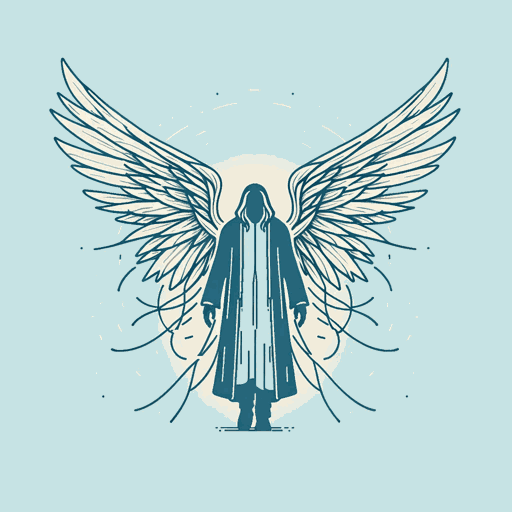43 pages • 1 hour read
Gabriel García MárquezA Very Old Man With Enormous Wings
Fiction | Short Story | Adult | Published in 1968A modern alternative to SparkNotes and CliffsNotes, SuperSummary offers high-quality Study Guides with detailed chapter summaries and analysis of major themes, characters, and more. For select classroom titles, we also provide Teaching Guides with discussion and quiz questions to prompt student engagement.
Literary Devices
Zoomorphism
Zoomorphism is a literary device that ascribes animalistic traits to non-animals (including people). The angel in “A Very Old Man” is a clear example. His wings invite comparisons to birds, and allow Pelayo and Elisenda to rationalize locking him in a chicken coop that the narrator calls his “borrowed nest” (Paragraph 8). The comparison to a chicken—a flightless bird—is particularly significant, as the old man is unable to fly until the very end of the story. His branding is also zoomorphic, recalling cows and other livestock, and symbolizing the community’s control over him. Until this moment, the old man displayed the “patience of a dog” (Paragraph 11)—another animal reference. Later, when the chicken coop falls apart, the old man wanders about Pelayo and Elisenda’s home in a way that recalls the crabs at the beginning of the story; the old man has infested their house like the crabs brought by the storm. Zoomorphism also appears in the figure of the tarantula woman, who has literally transformed into a giant spider. These comparisons to various animals make it easier for the community to torture the old man or gawk at the spider woman, because they see them as less than human.
Related Titles
By Gabriel García Márquez
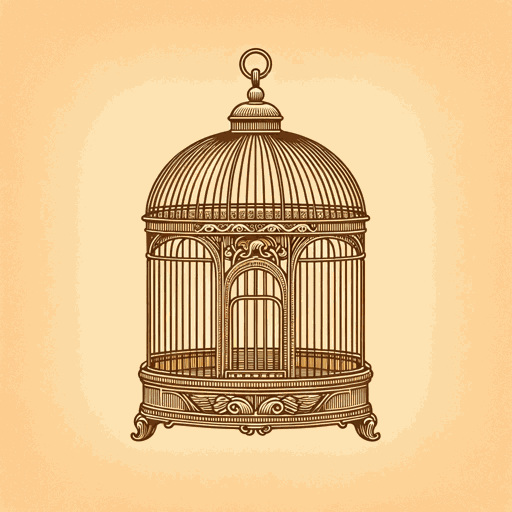
Balthazar's Marvelous Afternoon
Gabriel García Márquez
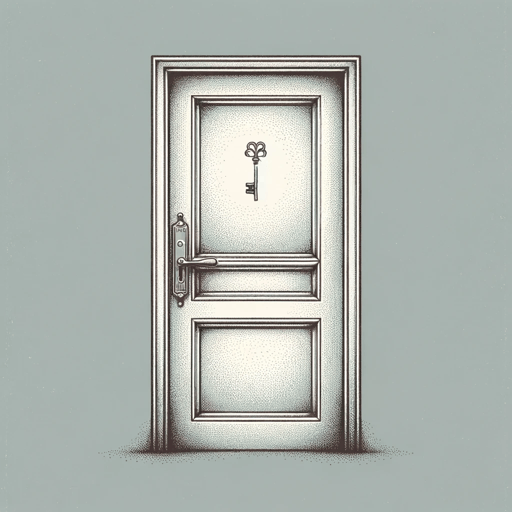
Chronicle of a Death Foretold
Gabriel García Márquez

Death Constant Beyond Love
Gabriel García Márquez

Eyes of a Blue Dog
Gabriel García Márquez

In Evil Hour
Gabriel García Márquez

Innocent Erendira
Gabriel García Márquez

Leaf Storm
Gabriel García Márquez
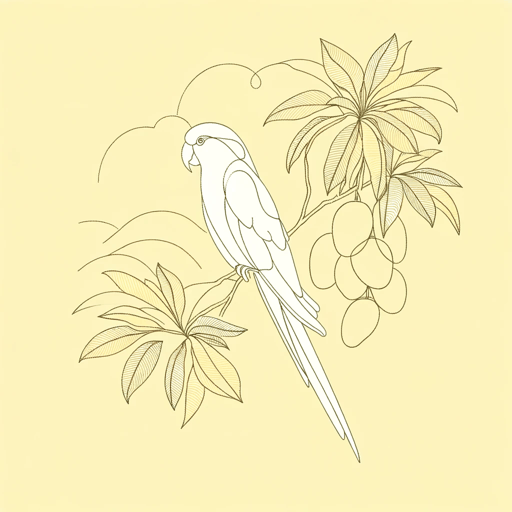
Love in the Time of Cholera
Gabriel García Márquez

Memories of My Melancholy Whores
Gabriel García Márquez

News of a Kidnapping
Gabriel García Márquez
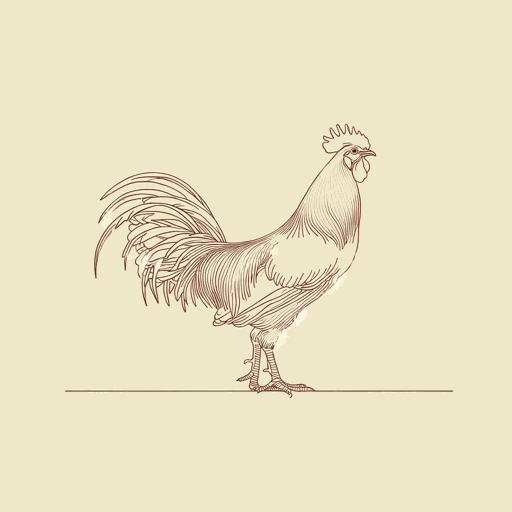
No One Writes To The Colonel
Gabriel García Márquez

Of Love And Other Demons
Gabriel García Márquez
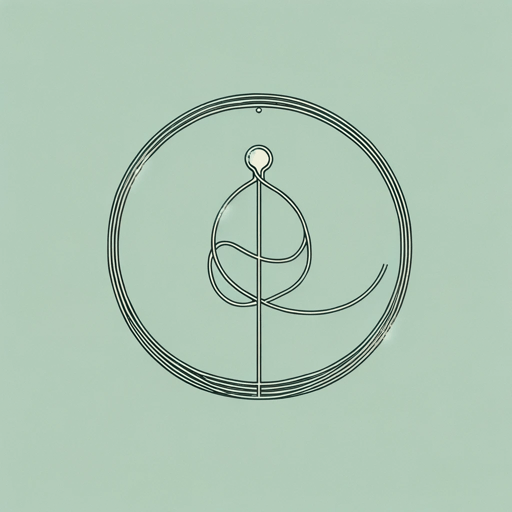
One Hundred Years of Solitude
Gabriel García Márquez
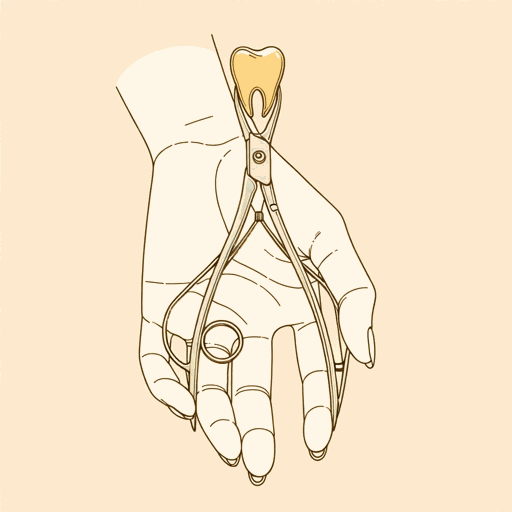
One Of These Days
Gabriel García Márquez

Strange Pilgrims
Gabriel García Márquez
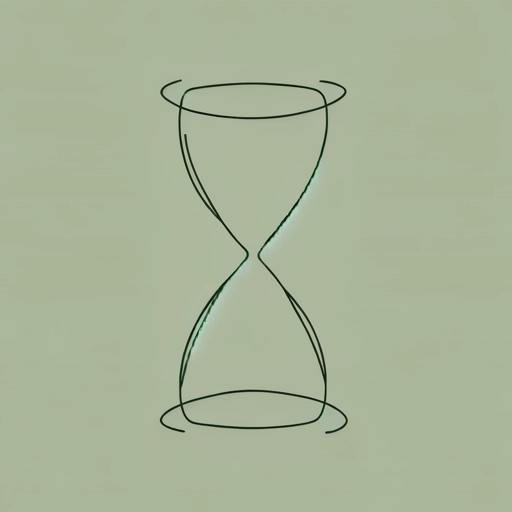
The Autumn of the Patriarch
Gabriel García Márquez, Transl. Gregory Rabassa

The General in His Labyrinth
Gabriel García Márquez
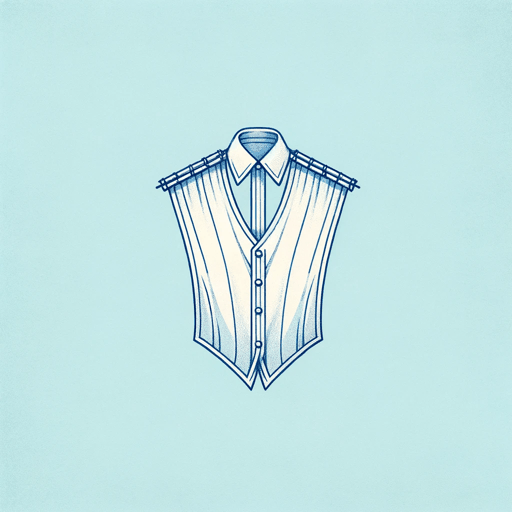
The Handsomest Drowned Man in the World
Gabriel García Márquez

The Story of a Shipwrecked Sailor
Gabriel García Márquez
